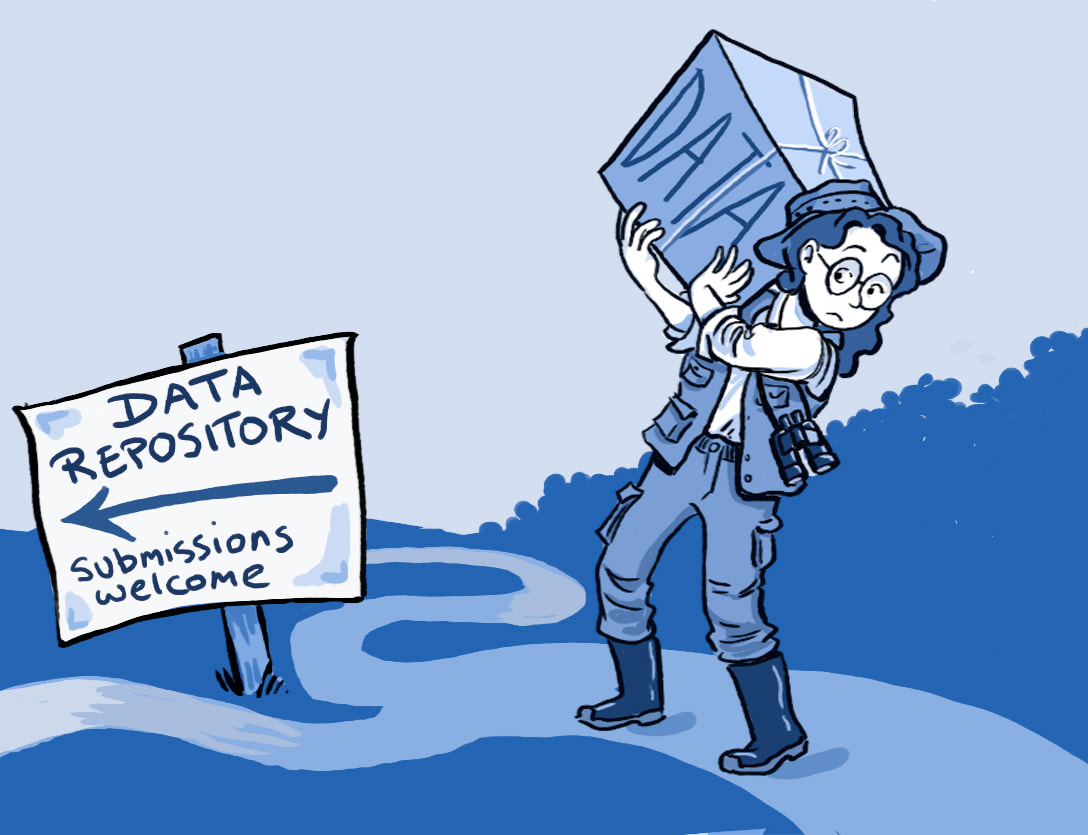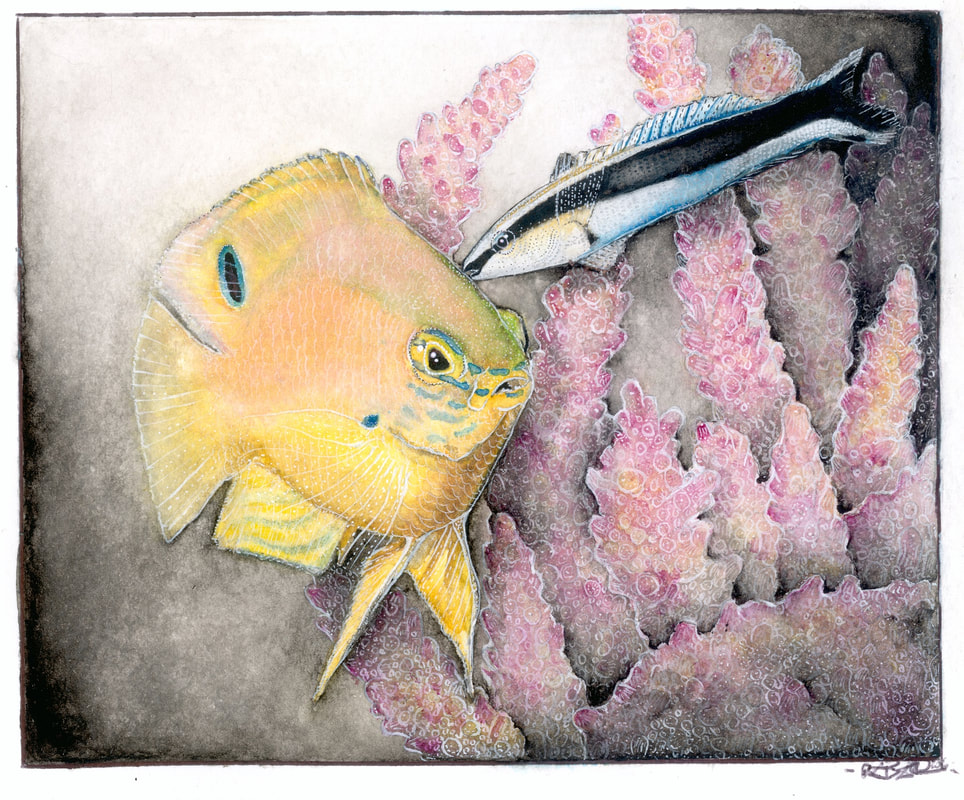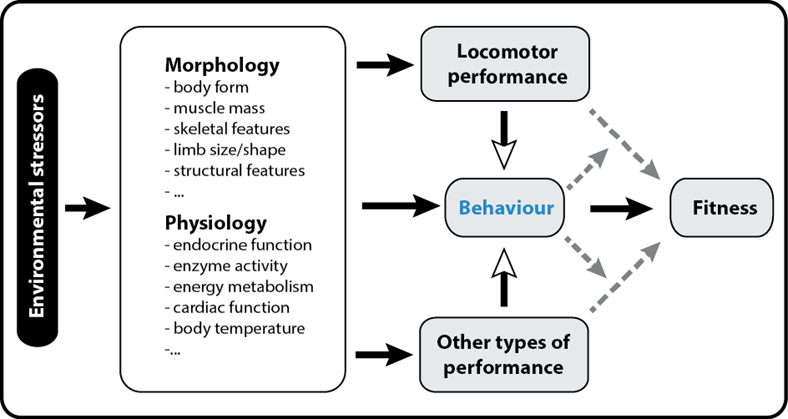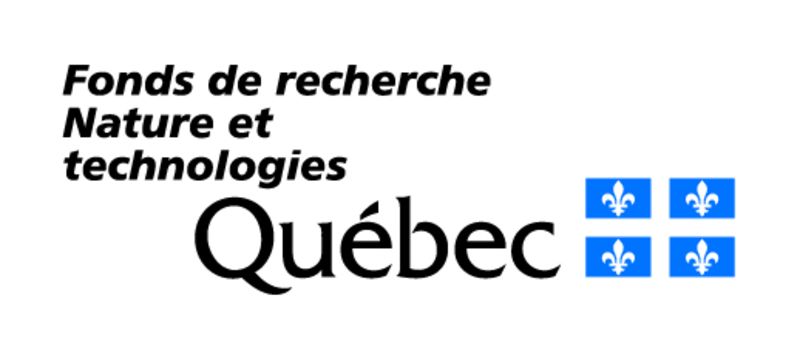I wear two hats as a scientists. My background is in behavioural ecology and ecophysiology (primarily in fishes). I also do metascience, or 'research on research'. My current focus is the study of open data practices (publicly sharing research data), but I occasionally still work on fishes through data that I collected during my PhD/postdoc and via collaborations with friends and colleagues.
|
OPEN DATA
My research on open data practices focuses on evaluating the quality/ reusability of open datasets and empirically assessing the costs and benefits of open data for researchers and for society. Open and FAIR data (Findable, Accessible, Interoperable, Reusable) are often said to improve the speed and reliability of scientific discoveries. However, we lack empirical evidence in support of this claim, especially for long-tail research data (data from small, unique research projects) as opposed to Big Data. In addition, many researchers do not share their data publicly because they worry about potential negative outcomes. For example, researchers might fear being 'scooped' or someone else misusing or misinterpreting their data if they make them public. These costs have not been well studied and the extent to which they are real rather than simple perceptions is unclear. |
Illustration: Ainsley Seago
|
Understanding the barriers and benefits of open data (and other open science practices) is important for fundamental and applied reasons – for example, to inform science policy initiatives aimed at increasing the reliability and usefulness of research findings. I often collaborate with psychologists and, more recently, with health scientists and geographers to tackle questions such as:
|
Illustration: Steph Rowan.
|
Click here for my publications on open data/science, reproducibility, and research integrity. |
ANIMAL BEHAVIOUR, ECOPHYSIOLOGY, AND MOVEMENT
|
My research in this field seeks to understand the links between animal behaviour, organismal performance, and physiology, often in a context of environmental stress. I draw on comparative and evolutionary approaches to ask how and why the mechanistic underpinnings of behaviour have evolved and what are their ecological consequences. I work on aquatic species (especially fishes) and like to combine controlled lab experiments with observational studies in the wild to relate experimental data to ecological and evolutionary outcomes. Specifically, I investigate the effects of biotic and abiotic stressors on the physiology (energetics), locomotor performance, and movement-related behaviour. I often study these effects in the context of species interactions such as predation, parasitism and cooperation, using an ecomorphological approach (see diagram below). |
Illustration: Rebecca Branconi
|
|
Diagram modified from Binning, Shaw & Roche (2017). An extended version of the ecomorphological paradigm proposed by Arnold (1983). Environmental stressors (black box) can directly alter host morphology and physiology, indirectly causing changes in behaviour and/or whole organism performance capacity (locomotor or other). Indirect effects of stressors on behaviour can also occur via changes in performance (black & white arrows). Importantly, animals can use behavior to mediate the effects of reduced performance on host fitness (dashed gray arrows), an exciting area of study at the interface of behavioural ecology and comparative physiology.
|
Understanding the link between the environment and an animal's behaviour and movement have broad implications for understanding how species persist in their natural habitats and respond/adapt to environmental change. The approach outlined above also yields important insights into fundamental ecological and evolutionary questions, such as: How do morphology, physiology, and behaviour co-evolve? and How do stressors affect species interactions and their abundance and distribution?
Click here for my publications on animal behaviour, ecophysiology and movement.
Click here for my publications on animal behaviour, ecophysiology and movement.
A big thanks to the funders who support our work!







